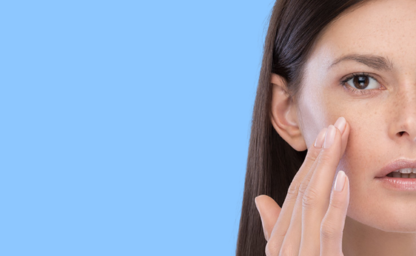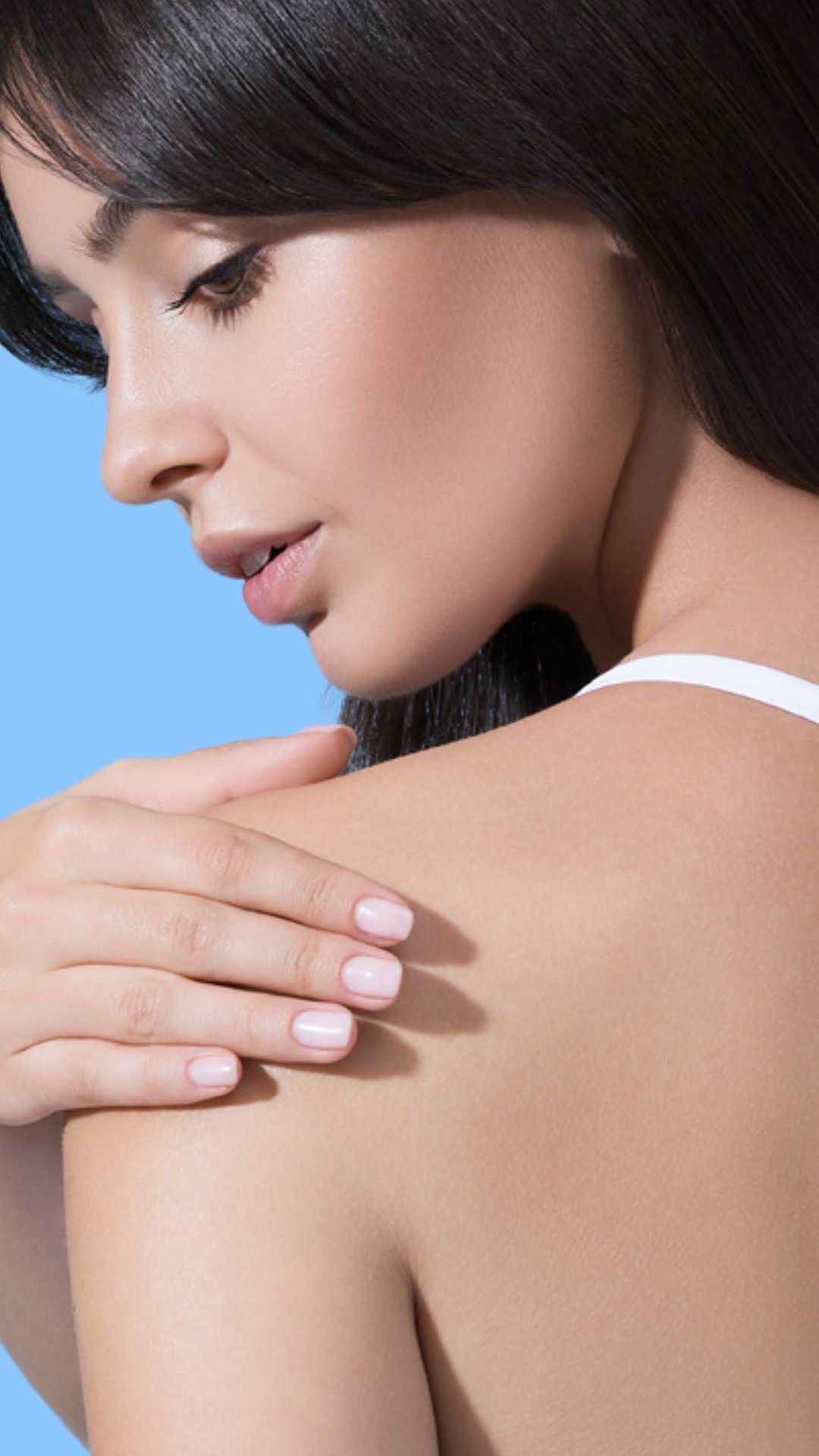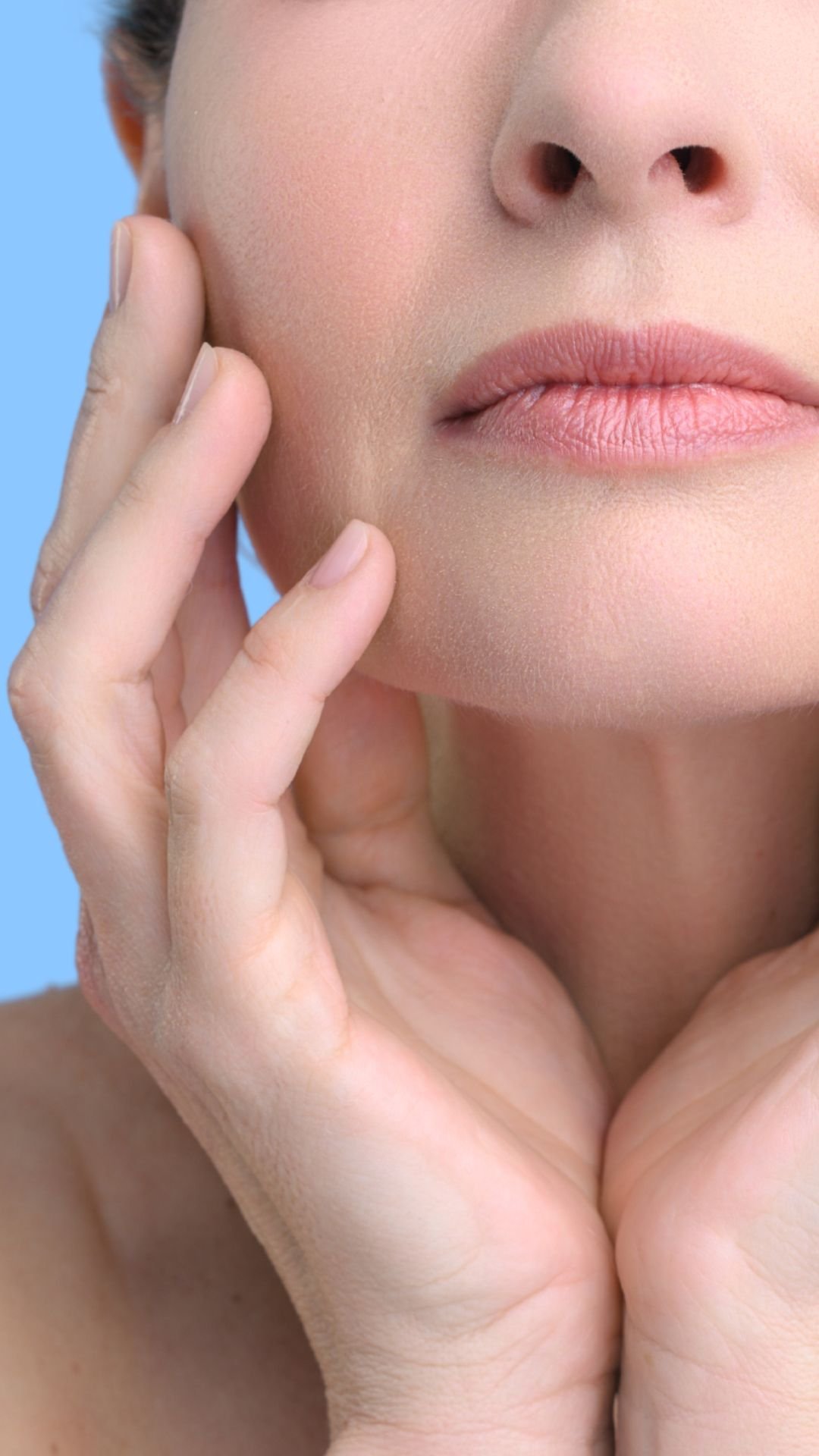The hair growth cycle is divided into three phases: anagen (growth), catagen (involution) and telogen (resting). Every day we lose up to 100 hairs, which is not the result of any disease, but only of that a small percentage of the hair is in the resting phase.
Excessive hair loss is most often associated with a shortened growth phase and the transition of numerous hairs into a resting phase. We call this phenomenon telogen hair shedding (Latin telogen effluvium). People struggling with this condition experience sudden hair loss, which can be seen in the brush or on the hands when washing the head. This may be caused by a number of factors, including nutritional deficiencies, stress, infections, hormonal imbalance and exposure to various physical agents. In many cases, the problem is exacerbated at certain times of the year, especially after winter.
Hair loss after winter may be due to exposure to a number of conditions that favour telogenetic alopecia, such as infections or limited sunlight, resulting in reduced vitamin D synthesis. In addition, less fresh fruit and vegetables in the diet can adversely affect the health of the hair.
.png?width=1280&height=996&name=PROVEN%20EFFICACY%20(2).png)
.png?width=832&height=996&name=blog%20foto%20ma%C5%82e%20(5).png)
Fortunately, telogen effluvium is most often self-limiting in character. Hair loss generally begins 1-6 months after the provoking factor and persists for 2-4 months. What is important is that hair loss is a sign of new anagen hair growth. If the dermatologist confirms the diagnosis, the process can be assisted pharmacologically.
In addition to telogenetic effluvium, it is also worth raising the issue of possible physical damage to the hair. Cold winter temperatures and the heating season can contribute to excessive dryness and breakage of hair. This is why we need to look after them - take good care of them and protect them from adverse weather conditions.
.png?width=1280&height=996&name=PROVEN%20EFFICACY%20(3).png)
.png?width=832&height=996&name=blog%20foto%20ma%C5%82e%20(6).png)
HOW TO SUPPORT YOUR HAIR AFTER WINTER?
1. Nutrition and supplementation
In autumn and winter, it is particularly important to ensure a balanced diet, rich in macro- and micronutrients and vitamins. Let’s choose fresh seasonal fruit and vegetables. In addition, in our latitude, supplementation with vitamin D is advisable, depending on our body weight, age and comorbidities. . If indicated, other vitamins and micronutrients should also be supplemented.
2. Protection against cold and hair damage
Increased temperature changes can damage the hair shaft on the one hand and contribute to a shortened anagen phase on the other. It is therefore important to remember to adequately protect the hair against the cold, including to wear headgear, and limit traumatisation of the hair shaft, e.g. by intensive brushing or frequent use of heat-generating appliances (such as curling irons and straighteners).
3. Medical care
Alopecia is a symptom that can occur in many diseases. The specialist dealing with this problem is a dermatologist - so it is worth going to them in the first instance. If alopecia associated with systemic diseases is found, it is necessary to implement the multi-specialist care. So let's treat spring as a time to take holistic care of our health and to attend a medical check-up if necessary.
4. Care
The scalp can be routinely supported with skincare products. They are a valuable complement to pharmacotherapy. A good example is the Dermedic Capilarte range, which includes products to stimulate hair growth and regrowth. They work by improving the microcirculation of the scalp and delivering nutrients to the hair follicles. This accelerates the growth of new hair. They are therefore the ideal products to use on the scalp after the autumn/winter period.

.png?width=2000&height=798&name=Kopia%20%E2%80%93%20ulga%20dla%20(1).png)










